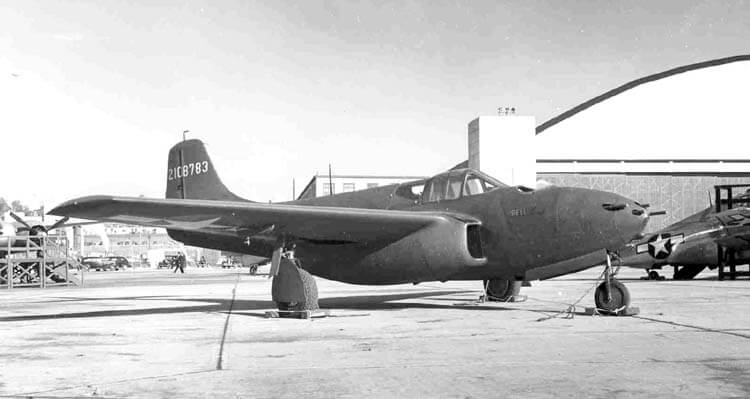On this day in 2008, Ann Baumgartner, passed away aged 89. She was known as an American aviator, having served in the United States Army Air Forces during the Second World War.
Baumgartner was born in Augusta, Georgia on August 27, 1918. At the time, Baumgartner’s father was an engineer stationed in France, and on his return the family moved to New Jersey. Growing up, Baumgartner’s passion for aviation was inspired by aviator Amelia Earhart whom she learned about at school. Baumgartner and her father would visit Newark Airport to watch the planes landing, further fueling her desire to fly.
After leaving high school, Baumgartner went on to college where she graduated as a pre-med major, before working for Eastern Airlines. It was while at Eastern Airlines that Baumgartner began learning to fly at Somerset Hills Airport in New Jersey.
Following America’s entry into the Second World War, Baumgartner reported to the Women Airforce Service Pilots (WASP), gaining entry and going on to graduate in July 1943. The training under the WASP program involved 12-hour days split between flying and ground school theory. By graduation, recruits had around 210 flying hours, and were competent with Morse code, meteorology, military law, navigation, aviation mechanics as well as general physics.
#WomenCrushWednesday Ann Baumgartner Carl was a WASP during World War II. She served as a test pilot and became the first American woman to fly a jet aircraft.
Photo: CAF RISE ABOVE pic.twitter.com/YFFo5wIkuq
— Amelia Earhart Hangar Museum (@AEHangarMuseum) July 21, 2021
Baumgartner was based at Camp Davis in North Carolina as a tow target pilot. This role involved flying while towing a target for ground artillery to practice shooting at. Baumgartner flew the Douglas A-24, Lockheed B-34 and Stinson L-5 among other aircraft.
In February 1944, she transferred to Wright Field, Ohio, and although her role was primarily in operations, she was later allowed to fly as a test pilot. She gained experience piloting and co-piloting the B-17, De Havilland Mosquito and German Junkers Ju88.
On October 14, 1944, Baumgartner flew the Bell YP-59A, America’s first jet aircraft, a single crew plane capable of speeds up to 665km/h with a range of 604km. In doing so she became the first American woman to fly a jet. By December 1944, the WASP program had been disbanded and her role as a fighter test pilot came to an end.

Bill Larkins, Wikimedia Commons
Baumgartner married in 1945 and went on to be a flight instructor including for United Airlines. She gained many licenses and ratings within the industry and later became wrote a book, ‘A WASP among Eagles’, detailing her experience as a military test pilot in the Second World War.
She died on March 20, 2008, aged 89, just four weeks after the death of her husband.
#AFRLFashionWeek continues with a stylish pose from Ann Baumgartner on the wing of the AT-6 she flew during her training with the Women Airforce Service Pilots (WASP)!#AFResearchLab #NewYorkFashionWeek #Fashion pic.twitter.com/y4cVHyVjYd
— Air Force Research Lab – AFRL (@AFResearchLab) February 10, 2020
By being part of the WASP, Baumgartner made a significant contribution to the war effort. However, the WASP had no military standing or recognition. Following years of campaigning, on July 1, 2009, Women Airforce Service Pilots were awarded the United States Congressional Gold Medal and given veteran status.

